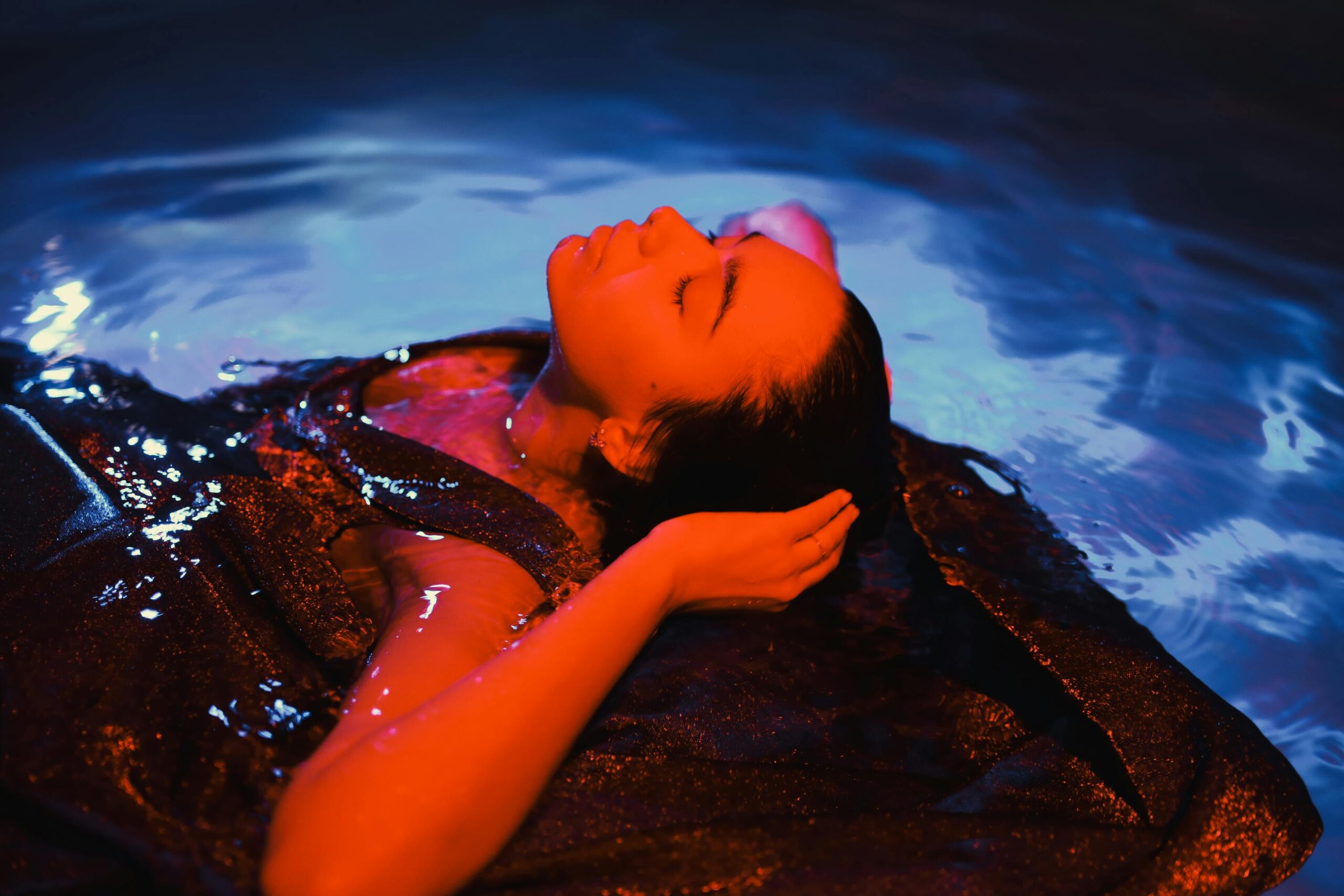A well-lit pool area transforms your backyard into a magical nighttime retreat while ensuring the safety of swimmers and guests. Proper pool lighting combines underwater illumination and strategic landscape lighting throughout the pool area to create a cohesive, inviting atmosphere. This article explores various pool lighting options, from energy-efficient LED underwater lights to complementary landscape lighting techniques, helping you enhance your pool’s night ambiance while maintaining essential safety features. Whether building a new pool or upgrading an existing one, these lighting solutions will elevate your aquatic experience after sunset.
Understanding Underwater Pool Lighting Fundamentals
Underwater lighting serves as the foundation of an effective pool lighting design. Traditional incandescent pool lights have largely given way to LED underwater options, which offer significant efficiency, longevity, and versatility advantages. LED underwater lights consume up to 80% less electricity than their incandescent counterparts while lasting 5-10 times longer. When selecting pool lighting ideas with LED underwater fixtures, you’ll appreciate their cooler operation, which reduces the risk of burns if someone touches them while swimming. These lights can be installed in new pool construction or retrofitted into existing niches, making them suitable for virtually any pool renovation project.
Modern LED underwater lights often feature programmable options, allowing homeowners to select from multiple colors and lighting patterns. Some systems synchronize with music or can be controlled via smartphone apps, creating dynamic light shows beneath the water’s surface. For those seeking to enhance pool night ambiance, these programmable features transform ordinary swimming sessions into extraordinary aquatic experiences. When planning your underwater lighting, consider strategically placing lights to eliminate shadows and dark zones, ensuring aesthetic appeal and swimmer safety.
Landscape Lighting Around the Pool Area
While underwater illumination creates a stunning effect within the pool, comprehensive landscape lighting throughout the pool area completes the experience. Adequate landscape lighting around pools serves multiple purposes: highlighting architectural features, illuminating pathways, defining boundaries, and creating visual interest. Path lights along walkways leading to and around the pool prevent trips and falls, while uplights can showcase trees, water features, or decorative elements that might otherwise disappear into darkness.
Consider layering different light sources at varying heights when designing landscape lighting for your pool area. Low-level path lights provide necessary navigation illumination without overwhelming the senses. At the same time, carefully positioned spotlights can accentuate special features like waterfalls, outdoor furniture, or statement plants. Wall-mounted fixtures on nearby structures offer ambient lighting that softens the overall look and extends the usable hours of your outdoor space. As mentioned by lighting designers at AskHomey, creating zones of light and shadow adds depth and interest to your pool landscape while avoiding the flat, overly bright appearance that comes from uniform lighting.
Color Temperature and Lighting Effects
The color temperature of your pool lighting significantly impacts the mood and ambiance of your aquatic retreat. Measured in Kelvins (K), color temperature ranges from warm whites (2700-3000K) that create cozy, intimate settings to cool whites (5000 K+) that deliver crisp, energetic environments. Warm white lighting complements natural materials like wood and stone, while cooler temperatures can enhance contemporary designs with clean lines and modern materials. For traditional landscapes, warmer tones generally create more inviting atmospheres.
Beyond basic white lighting, colored LED underwater lights offer creative possibilities to enhance pool night ambiance. Deep blues can make water appear more tropical and vibrant, while green tones create a mysterious lagoon effect. Red and amber lighting creates dramatic, sunset-like glows perfect for entertaining. Many homeowners choose color-changing systems that allow them to select different hues for various occasions, from relaxing evenings to lively pool parties. When coordinating underwater and landscape lighting, consider how colors interact to create a cohesive design rather than competing visual elements.
Installation and Practical Considerations
Installing proper pool lighting requires careful planning and often professional expertise to ensure safety, compliance with local codes, and optimal performance. Underwater lighting typically requires low-voltage systems (12V) that must be adequately grounded and installed by qualified electricians familiar with aquatic installations. GFCI (Ground Fault Circuit Interrupter) protection is essential for all pool electrical components to prevent shock hazards. Similarly, landscape lighting in the pool area should utilize low-voltage systems whenever possible to minimize risk.
Weather resistance represents another critical factor when selecting fixtures for both underwater and landscape applications. Choose lighting specifically rated for underwater use and ensure all landscape lighting components carry appropriate IP (Ingress Protection) ratings for wet environments. Saltwater pools require additional consideration as they can be particularly corrosive to certain metals and elements. When planning your lighting installation, future maintenance should influence your decisions. Consider how accessible fixtures will be for bulb replacements or repairs, and investigate whether components can be serviced without draining the pool.
Energy Efficiency and Smart Controls
Today’s pool lighting solutions emphasize energy efficiency without sacrificing illumination quality. LED technology has revolutionized pool lighting by dramatically reducing electricity consumption while providing brighter, more controllable light. When evaluating pool lighting ideas with LED underwater fixtures, consider Energy Star-rated products that meet strict efficiency guidelines. While the initial investment may exceed traditional lighting options, the long-term savings in energy costs and maintenance typically offset the higher purchase price within a few years.
Smart control systems further enhance efficiency by allowing precise scheduling and intensity management. Automated systems can activate lights at sunset, adjust brightness based on activities, and integrate with broader home automation platforms. Some systems even incorporate motion sensors that brighten pathways as people approach, enhancing safety while conserving energy when areas are unoccupied. These technological advances make it easier than ever to maintain an energy-conscious approach to pool area illumination.
For more tips and to connect with reliable home service professionals, follow AskHomey on Facebook and Instagram.



